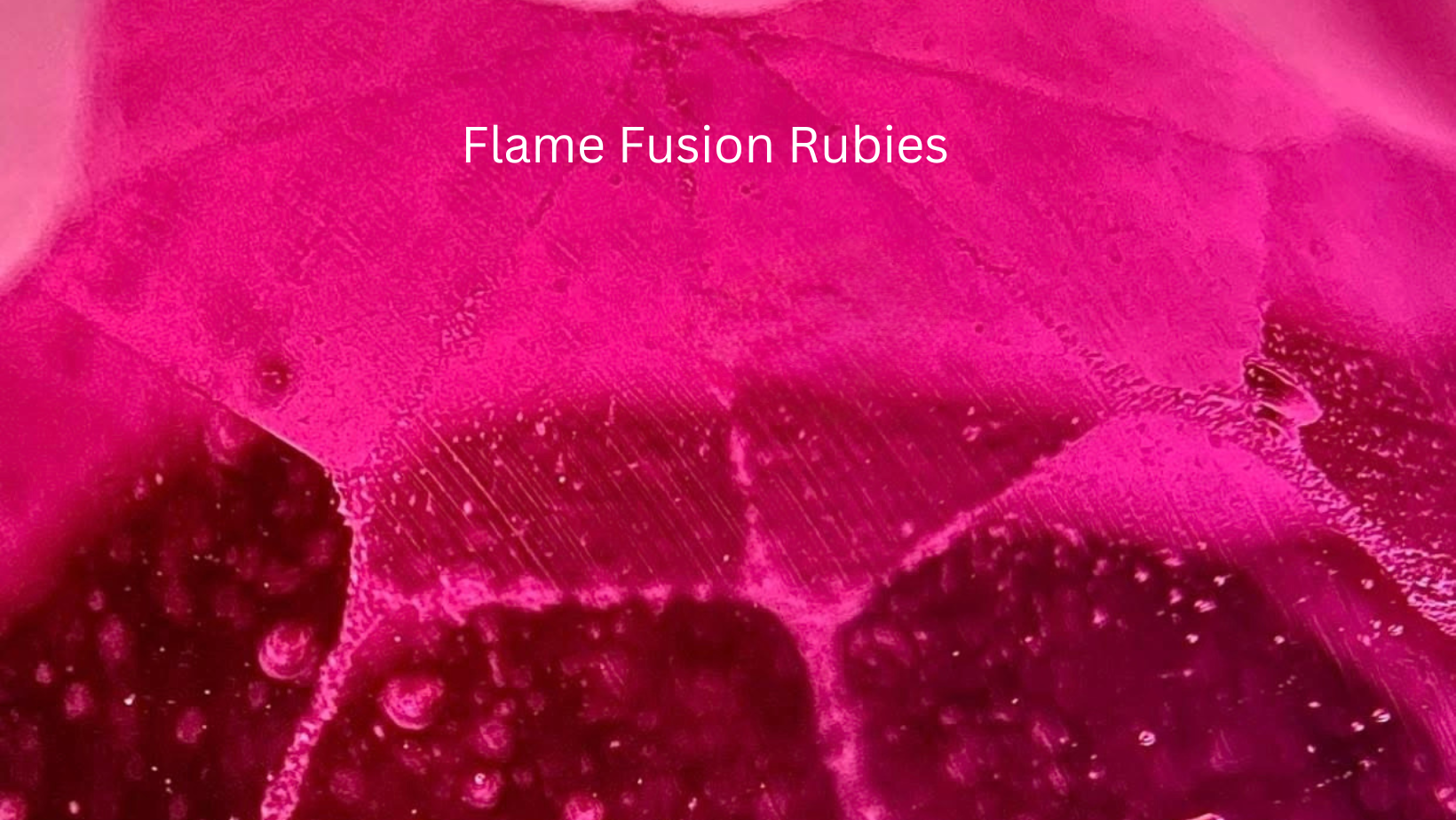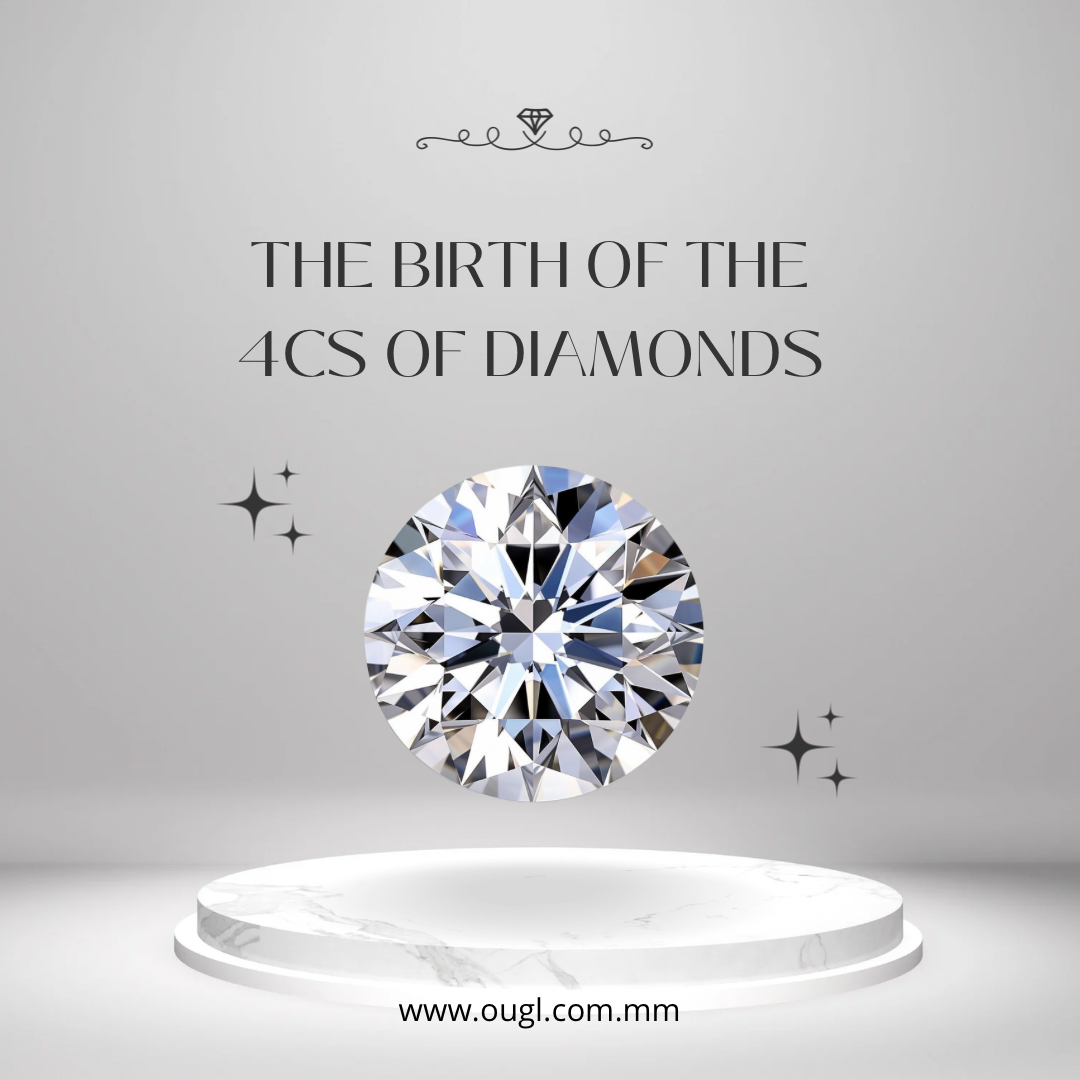
Flame Fusion Rubies
Flame fusion rubies, also called Verneuil rubies, are synthetic gemstones made using a process developed by French chemist Auguste Verneuil in the early 1900s. The flame fusion method was the first practical way to create synthetic gemstones, making rubies and sapphires more affordable. These lab-grown rubies have the same chemical composition as natural rubies, but their production process gives them unique features that help tell them apart. Today, flame fusion rubies are popular in jewelry, offering a cost-effective alternative to natural rubies. However, they need to be carefully identified by gemologists.
The most noticeable feature of flame fusion rubies is their curved banding, which forms during the quick crystallization process. In contrast, natural rubies have angular zoning patterns due to the slower, irregular growth of crystals in the earth. These differences can be seen under a microscope using darkfield or brightfield lighting, and sometimes under short-wave ultraviolet light. Because flame fusion rubies look so similar to natural rubies, it’s easy to confuse them, which is why professional analysis is important.
In conclusion, while flame fusion rubies resemble natural rubies in many ways, it takes special knowledges and tools to tell them apart. The unique features of synthetic rubies, such as curved banding and gas bubbles, can be identified through methods like microscope and UV light testing. Knowing these differences is important for setting the right price and value. Whether you’re a gemologist, jeweler, or buyer, being able to distinguish between natural and synthetic rubies helps keep the market honest and supports better decision-making.

